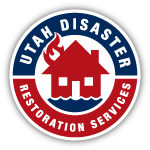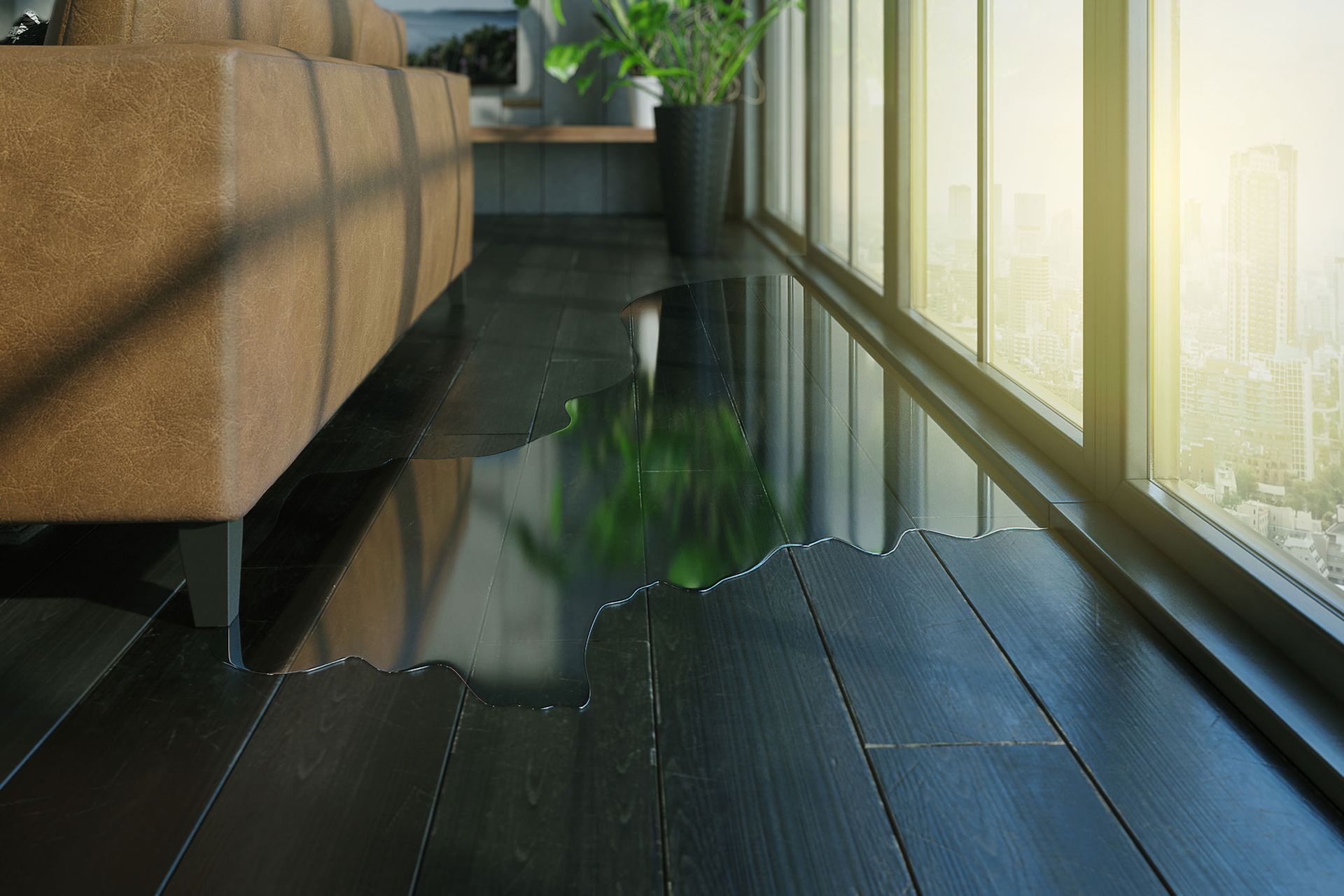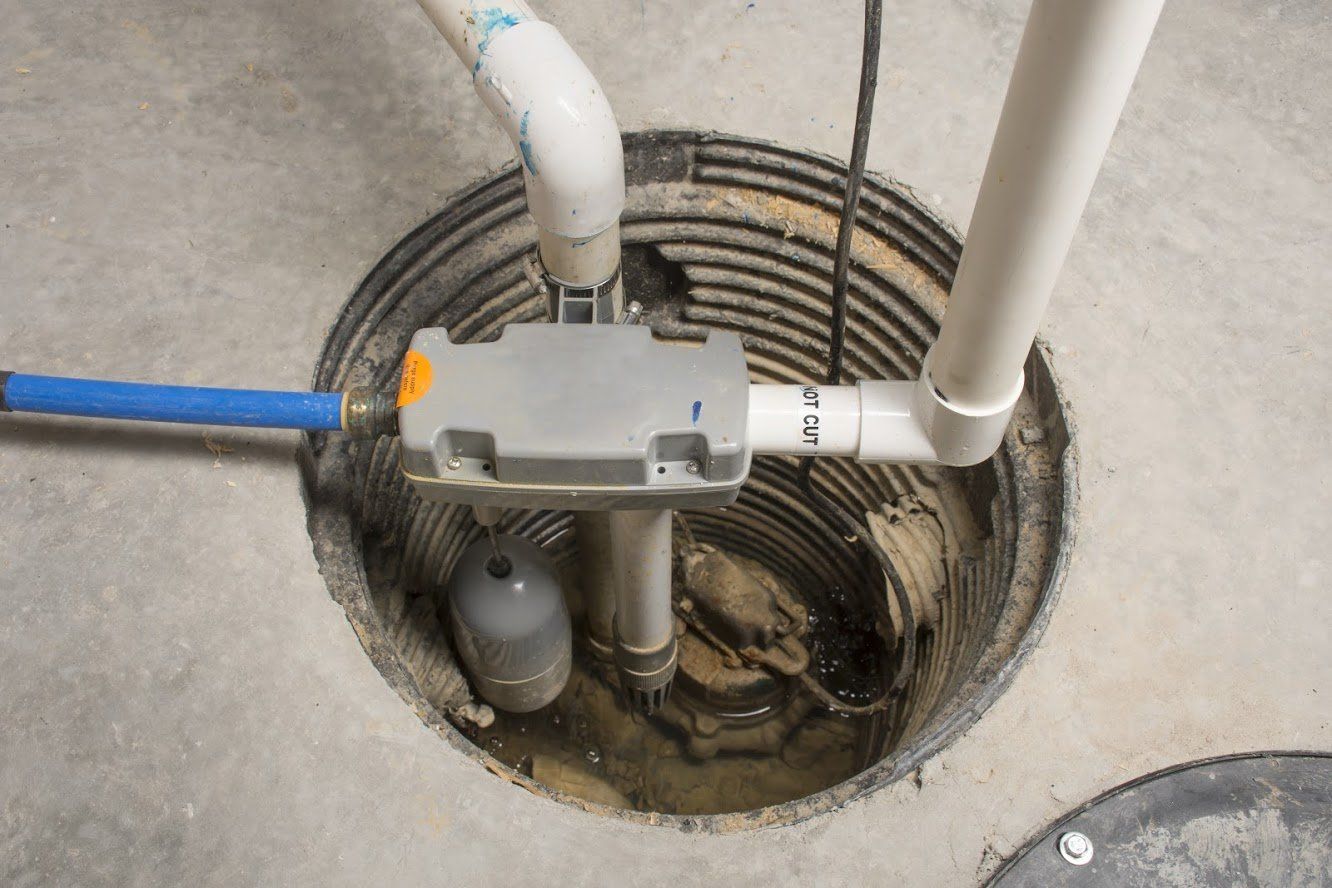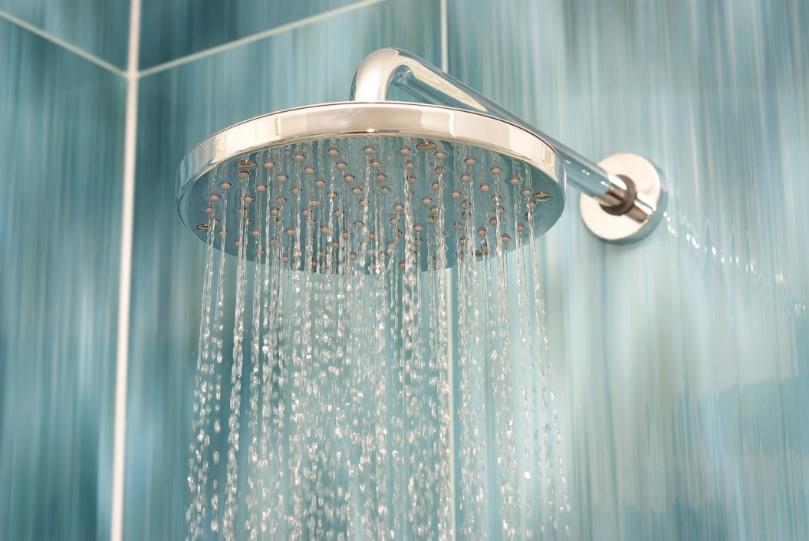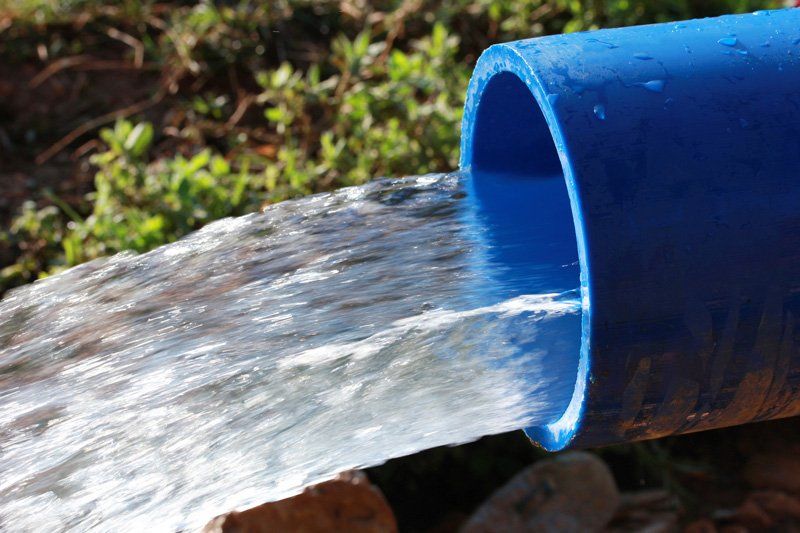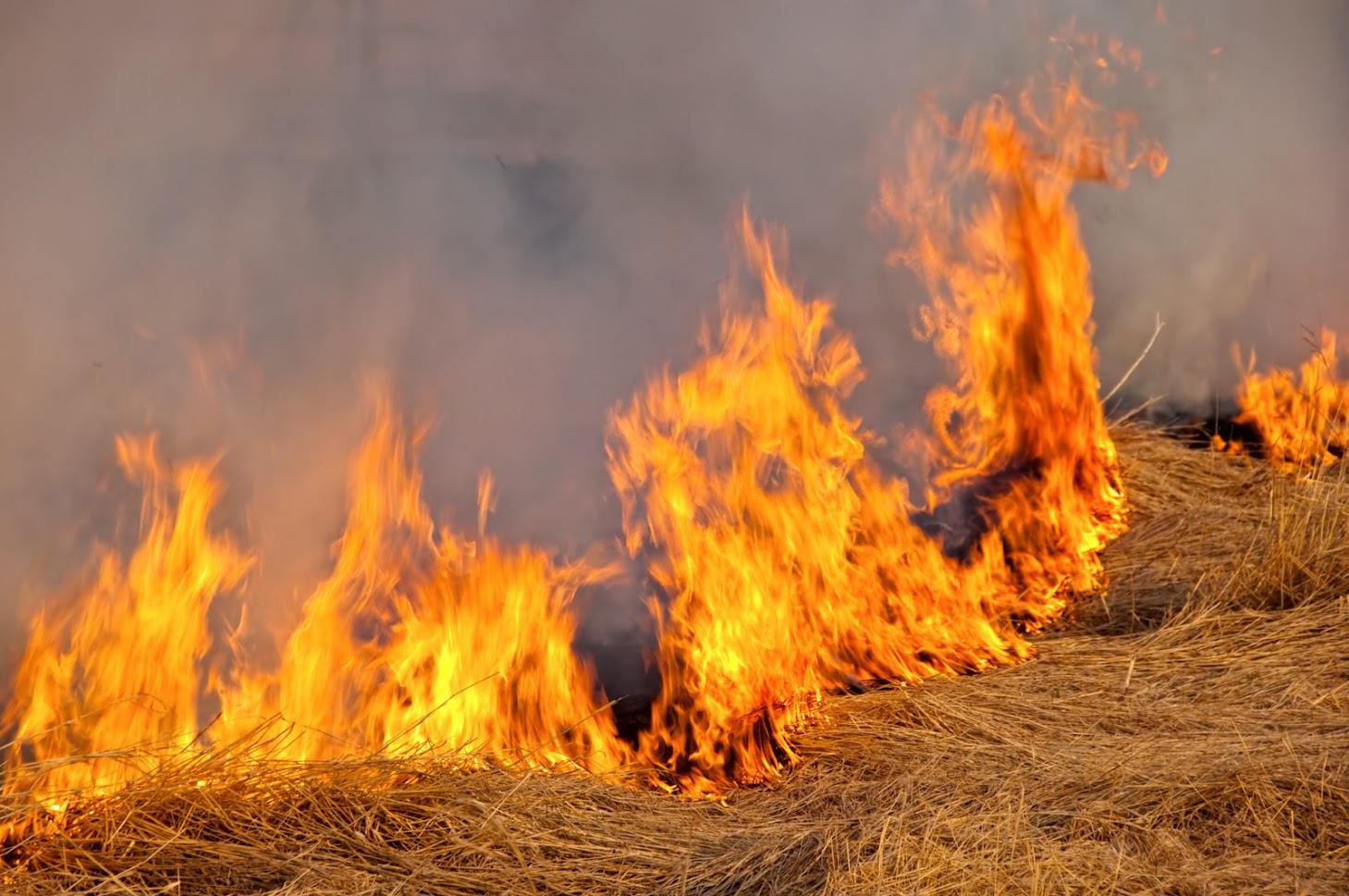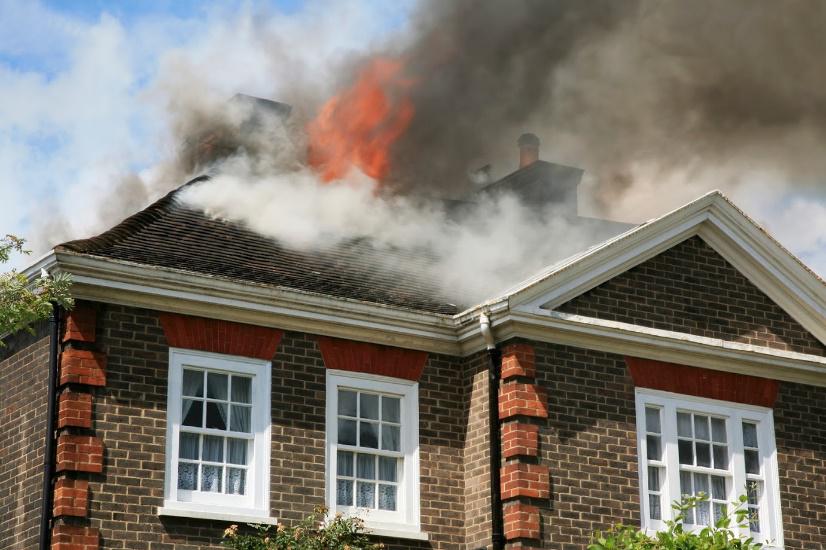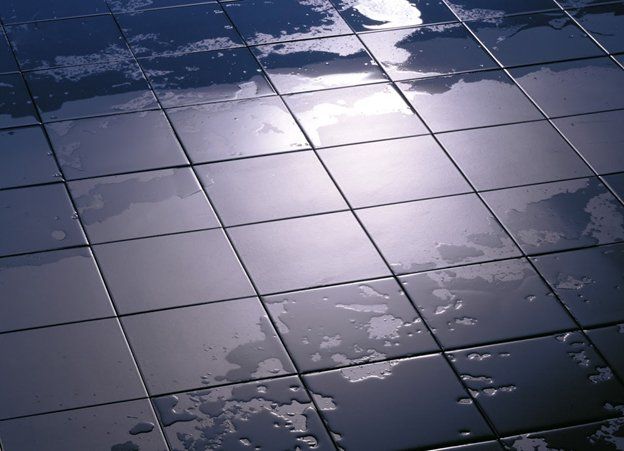4 Common Flood Damage Terms to Know When You Seek Repairs

Flood damage is common, and it can happen anywhere because of overflowing rivers, groundwater, and even damaged pipes. Luckily, many contractors specialize in repairing your home and belongings after flood damage. Before you make the call, however, check out these four common flood damage terms so you can better find help and understand the process.
1. Air Mover
An air mover is like a fan that blows a lot of air at once. They dry wet materials as fast as possible. They are commonly used to dry carpeted floors, but they can also dry other building materials, such as drywall.
Any material should be dried fast, but wet carpet poses a particularly nasty threat because it can quickly become home and food for mold or organic toxins. As long as you get the carpet dry within 72 hours, however, you should be able to salvage it by professionally steam cleaning it. If the carpet was wet for longer than 72 hours, the safest bet is to replace the carpet and underlying mat.
2. Category
Different types of floodwater can damage your home. Category one flood water refers to clean water from faucets or drinking fountains. If the water is dirty (or becomes dirty because you left category one water to sit), it is category two. This includes water from dishwashers, overflowing toilets (without fecal matter), and backed up drains.
Category three flood water is not clean and can pose a serious health risk. It includes backup from the sewer, overflowing rivers, and overflowing toilets (with fecal matter). Water can also become category three if left standing for a long time.
3. Dehumidification
Dehumidification is the process of removing moisture from the air. This is important because as the flood water evaporates, it puts moisture into the air, which can then get sucked back into other materials, such as the drywall or furniture. With dehumidification, you promote balanced drying so the moisture is removed as soon as it evaporates.
Different classes of flood water damage require different types of the dehumidification process. For example, with class one damage, not much water is present, so evaporation rates are low, which makes it easier to prevent moisture damage. On the other hand, a class four means the area had exposure to massive amounts of water, which can also seep into the subfloors.
4. Restorative Drying
Restorative drying is what you do when you dry your carpets after a flood with an air mover. This is something you have to do to every piece of water-exposed material you plan to keep, including building materials, furniture, or clothing. Typically, however, if the item is porous and/or has been exposed to water for a long time, you may want to toss it, especially for category two or three floodwaters.
Non-porous items are typically fine to clean and sanitize, but make sure to properly examine any electrical equipment with a qualified electrician before using any appliance that had exposure to water. Food in cans is typically safe if you remove the label and wash the can, but ideally, toss any food/beverages that came in contact with the water.
When in doubt, toss anything that had exposure to category three water. However, many items are salvageable and restorable after water damage. The process involves a lot of drying, as well as fighting humidity and moisture, but with flood restoration services, you can protect your family from mold and other contaminants.
For more information about flood damage repair, contact us at Utah Disaster Restoration Services today. We look forward to meeting with you and making your home like new again.
